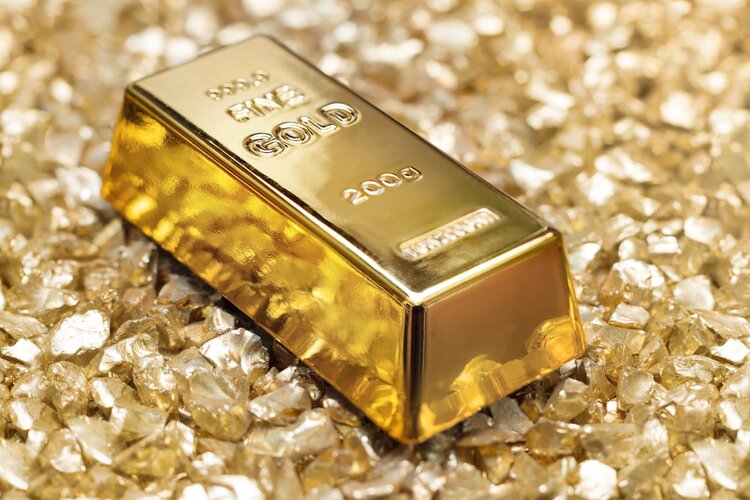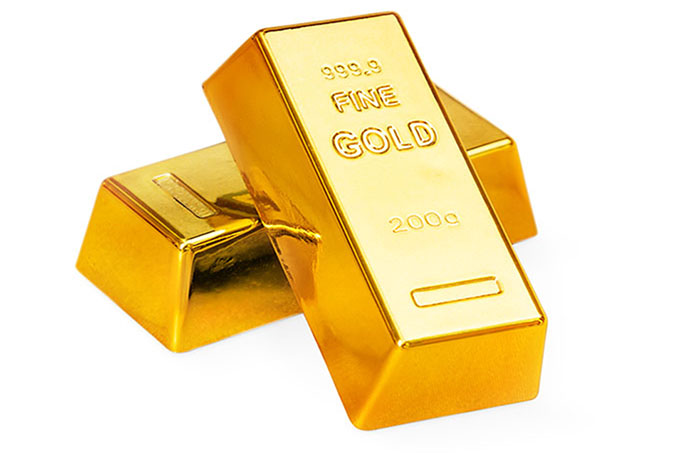The price of gold faces pressure as hopes for an interest rate cut by the Federal Reserve have been postponed to May. Fed Daly emphasized the need to calibrate interest rates moves very carefully to keep risks balanced. Market participants will focus on the preliminary Q4 GDP and core PCE price index data this week.
Gold prices (XAU/USD) fell back on Monday as investors reconsidered the outlook on interest rates by the Federal Reserve (Fed). Policymakers are consistently supporting the tight interest rate narrative to ensure the return of inflation to the 2% target in a sustainable manner. The precious metal is facing some sell-off as the prospect of imminent rate cuts fades amid still-high price pressures due to robust consumer spending and full employment conditions.
Meanwhile, the absence of fresh cues about Middle-East tensions has also trimmed the appeal for bullions. Investors should brace for sharp volatility ahead amid a data-packed week. The US Dollar Index (DXY) hovers near the crucial support of 103.00 ahead of the release of key economic indicators such as preliminary Q4 Gross Domestic Product (GDP) data and core Personal Consumption Expenditure (PCE) price index for December.
Additional Insight: The postponement of an interest rate cut by the Federal Reserve has led to a correction in gold prices, as it has reduced investor expectations for an early rate cut in March. The high price pressures due to robust consumer spending and upbeat labor market conditions have forced traders to pare down their bets supporting an interest rate cut decision in the near term. Furthermore, the ongoing monetary policy announcement by the European Central Bank (ECB) is also impacting the upside potential for gold prices.
Technical Analysis: Gold prices have dropped towards the 20-day Exponential Moving Average (EMA) as the odds of a rate-cut decision in March have significantly eased. The precious metal is struggling to regain traction as the 20-day EMA around $2,031 is acting as a barrier for bulls. Going forward, a sideways performance is expected as investors await crucial economic data later this week.
Central banks are the biggest gold holders, and their aim to support their currencies in turbulent times tends to increase their gold reserves. In the current geopolitical climate, gold is also widely seen as a safe-haven asset and a hedge against inflation and depreciating currencies. Lastly, gold prices are inversely correlated with the US Dollar and US Treasuries, which are both major reserve and safe-haven assets.









